
- Understanding Dental Bridges
- How Do Dental Bridges Work?
- Types of Dental Bridges
- Benefits of Dental Bridges
- When Should You Consider a Dental Bridge?
- How to Maintain Your Dental Bridge
Understanding Dental Bridges
A dental bridge is a restorative dental procedure used to replace one or more missing teeth. The bridge "bridges" the gap between the remaining teeth, using neighboring teeth as anchors or support. These artificial teeth are custom-made to match the appearance of your natural teeth and restore both function and aesthetics.
Dental bridges are commonly used when there are gaps in the teeth caused by tooth loss. This can occur due to various reasons, including decay, injury, or periodontal disease. A dental bridge not only restores the missing tooth but also helps maintain the shape of your face, prevents other teeth from shifting, and improves your bite.
How Do Dental Bridges Work?
Dental bridges are designed to fill the gap created by one or more missing teeth. The procedure generally involves two key steps:
- Preparation of the Anchor Teeth – The dentist prepares the two neighboring teeth (also called abutment teeth), which will hold the bridge in place. This may involve reshaping the teeth to accommodate the bridge securely.
- Placing the Bridge – Once the abutment teeth are prepared, a custom-made bridge is crafted to fit the gap. The bridge is then placed and cemented in place, completing the restoration.
In some cases, dental implants may be used to anchor the bridge, particularly if the surrounding teeth are not strong enough to support it. Implants provide a more stable foundation, especially for long-term use.
Types of Dental Bridges
There are several types of dental bridges, each designed to meet different needs based on the patient's oral health and preferences. The most common types include:
- Traditional Bridges – These are the most commonly used bridges and involve crowns placed on the abutment teeth with an artificial tooth (pontic) in between to fill the gap.
- Cantilever Bridges – Used when there are abutment teeth on only one side of the gap. Cantilever bridges are less commonly used today but can be an option when only one adjacent tooth is available for support.
- Maryland Bridges – This type uses a metal or porcelain framework that attaches to the back of the abutment teeth. Maryland bridges are often used for replacing front teeth.
- Implant-Supported Bridges – For patients with multiple missing teeth, implants can be used as support for a bridge, providing a more stable and long-lasting solution.
Your dentist will determine the best type of bridge based on your specific needs, oral health, and budget.
Benefits of Dental Bridges
Dental bridges offer several benefits, both functional and aesthetic. Here are some of the key advantages:
- Improved Functionality – Dental bridges restore the ability to chew and speak properly, which can be impacted by missing teeth.
- Enhanced Appearance – Bridges can dramatically improve the look of your smile by filling gaps and restoring the natural alignment of your teeth.
- Prevention of Teeth Shifting – Gaps left by missing teeth can cause the remaining teeth to shift out of alignment, leading to bite issues and further tooth loss. A bridge helps prevent this shift.
- Increased Confidence – Having a complete set of teeth can greatly improve self-confidence, making you feel more comfortable in social situations.
When Should You Consider a Dental Bridge?
Dental bridges are an ideal solution when you have one or more missing teeth. You should consider a dental bridge if:
- You have one or more missing teeth – If you’re experiencing gaps due to tooth loss, a dental bridge can restore your smile.
- Your remaining teeth are healthy – A dental bridge requires healthy abutment teeth to support the bridge.
- You want to restore the function and appearance of your teeth – Dental bridges are not just for aesthetics; they can also help you chew and speak more easily.
Consulting with a dentist will help you determine if a dental bridge is the best option based on your oral health and lifestyle.
How to Maintain Your Dental Bridge
To ensure the longevity of your dental bridge, it's essential to maintain proper oral hygiene and take good care of your bridge. Here are some tips:
- Brush and Floss Regularly – Brush your teeth and the bridge thoroughly at least twice a day to remove plaque. Use floss or a special cleaning device designed for bridges to clean between the teeth and around the bridge.
- Use Antibacterial Mouthwash – Rinsing with mouthwash can help kill bacteria and prevent plaque buildup around the bridge.
- Visit Your Dentist Regularly – Regular dental checkups are essential to ensure the bridge is secure and the surrounding teeth and gums are healthy.
With the right care, a dental bridge can last for many years, providing you with a functional and beautiful smile.
If you're considering a dental bridge or need more information about the process, visit Dentistry Toothtruth for expert advice and to schedule a consultation.

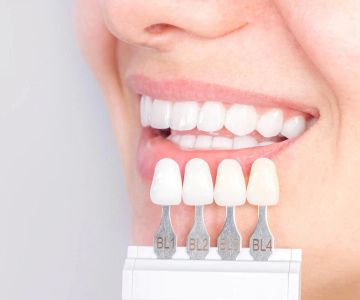

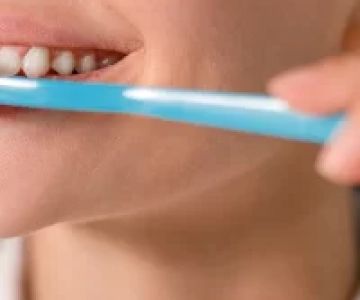
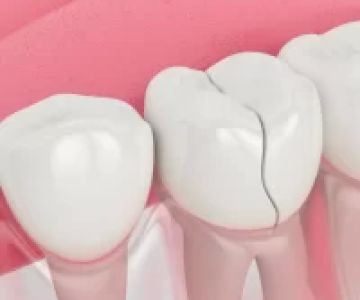
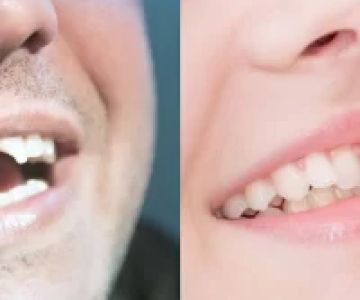
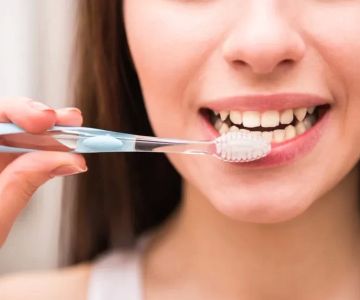
 Root 66 Endodontics
Root 66 Endodontics TMJ & Sleep Therapy Centre of Oklahoma City
TMJ & Sleep Therapy Centre of Oklahoma City Bruce L Rothschild DDS & Associates PLLC
Bruce L Rothschild DDS & Associates PLLC DentalWorks Louisville
DentalWorks Louisville Torrance Family Dental
Torrance Family Dental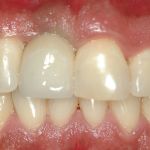 Robert S. Radin, DDS
Robert S. Radin, DDS The Importance of Oral Health Education During Pregnancy for a Healthy Pregnancy
The Importance of Oral Health Education During Pregnancy for a Healthy Pregnancy Why Skipping Dental Checkups Can Lead to Bigger Oral Health Problems
Why Skipping Dental Checkups Can Lead to Bigger Oral Health Problems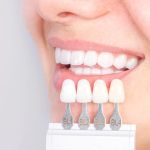 Advantages of Porcelain Dental Restorations
Advantages of Porcelain Dental Restorations Best Tips for Brushing Your Teeth Properly for Healthy Gums: Essential Techniques for Oral Health
Best Tips for Brushing Your Teeth Properly for Healthy Gums: Essential Techniques for Oral Health How Can Diabetes Cause Tooth and Gum Problems? Preventing and Managing Oral Health Issues
How Can Diabetes Cause Tooth and Gum Problems? Preventing and Managing Oral Health Issues Healthy Habits for Promoting Good Oral Health and Hygiene: Tips for a Healthy Smile
Healthy Habits for Promoting Good Oral Health and Hygiene: Tips for a Healthy Smile